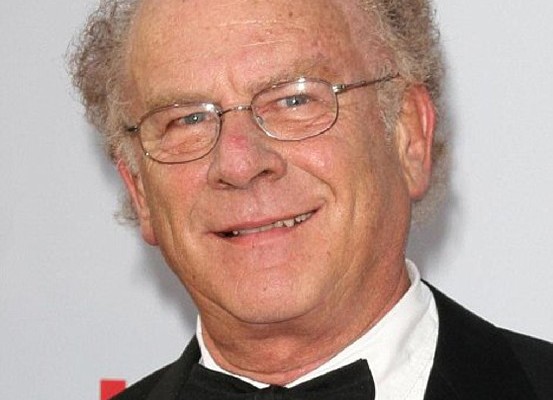Art Garfunkel Returns to Stage After Voice Problems

In the summer of 2009, Simon and Garfunkel toured Australia, New Zealand and Japan, and were looking forward a North American tour in 2010. However, that tour was cancelled when Art Garfunkel began to have vocal issues and was diagnosed with vocal paresis in January 2010.
Now 4 years later, Rolling Stone is reporting that Garfunkel is finally ready to return to the stage. He starts a 4 week tour at the end of the month, beginning in Franklin, TN.
“The voice is back. I’m in flight again. I believe I have grown through adversity. A new creation has emerged that is truly exciting me — my stage show.”
Garfunkel was a long-time smoker, but quit in 2010.
It has not known whether a Simon and Garfunkel tour will be rescheduled. (This fan hopes so, as I have seen them in concert, and it was wonderful!)
What is vocal cord paresis and paralysis?
Vocal cord paralysis (also known as vocal fold paralysis) is a voice disorder that occurs when one or both of the vocal cords don’t open or close properly. It is a problem of the nerves that control the muscles of the voice box (laryngeal muscles). Paralysis occurs when there is total interruption of nerve impulses and results in no movement of the muscles.
Paresis is the partial interruption of nerve impulse, and results in a weak or abnormal motion of laryngeal muscle(s).
Single vocal cord paralysis is a common disorder. Paralysis of both vocal folds is rare and can be life threatening.
The vocal folds are two elastic bands of muscle tissue located in the larynx (voice box) directly above the trachea (windpipe) When you breathe, your vocal folds remain apart and when you swallow, they are tightly closed. When you use your voice, however, air from the lungs causes your vocal folds to vibrate between open and closed positions.
If you have vocal fold paralysis, the paralyzed fold or folds may remain open, leaving the air passages and lungs unprotected. You could have difficulty swallowing or food or liquids could accidentally enter the trachea and lungs, causing serious health problems.
Here is an example of vocal cord paresis: Note the limited movement of the right vocal cord (left side of the screen) compared with the left):
What causes vocal cord paralysis?
Vocal cord paralysis may be caused by injury to the head, neck, or chest; lung or thyroid cancer; tumors of the skull base, neck, or chest; or viral infection (for example, Lyme disease). People with certain neurologic conditions such as multiple sclerosis or Parkinson’s disease, or who have sustained a stroke, may experience vocal fold paralysis. In about half of the cases, the cause is unknown. This is called idiopathic vocal cord paresis/paralysis.
What are the symptoms?
Symptoms of vocal cord paralysis include changes in the voice, such as hoarseness or a breathy voice; difficulties with breathing, such as shortness of breath or noisy breathing; and swallowing problems, such as choking or coughing when you eat because food is accidentally entering the windpipe instead of the esophagus (the muscular tube that connects the throat to the stomach). Changes in voice quality, such as loss of volume or pitch, also may occur. Damage to both vocal folds, although rare, usually causes serious problems with breathing.
How is vocal cord paralysis diagnosed?
Vocal cord paralysis is usually diagnosed by an otolaryngologist—a doctor who specializes in ear, nose, and throat disorders. He or she will listen to your voice to identify breathiness or hoarseness. Using an endoscope—a tube with a light at the end—your doctor will look directly into the throat at the vocal folds. Some doctors also use a procedure called laryngeal electromyography, which measures the electrical impulses of the nerves in the larynx, to better understand the areas of paralysis.
How is vocal cord paralysis treated?
The most common treatments for vocal cord paralysis are voice therapy and surgery. Many people’s voices will naturally recover sometime during the first year after diagnosis, which is why doctors often delay surgery for at least a year.
During this time, patients are referred to a speech-language pathologist for voice therapy. Voice therapy involve exercises to strengthen the vocal folds or improve breath control while speaking.
Several surgical procedures are available, depending on whether one or both of the vocal folds are paralyzed. The most common procedures change the position of the vocal fold. These may involve inserting a structural implant or stitches to reposition the laryngeal cartilage and bring the vocal folds closer together. These procedures usually result in a stronger voice. Surgery is followed by additional voice therapy to help fine-tune the voice.
For more information, click here to go to the Resounding Health Casebook on the topic.



























0 comments